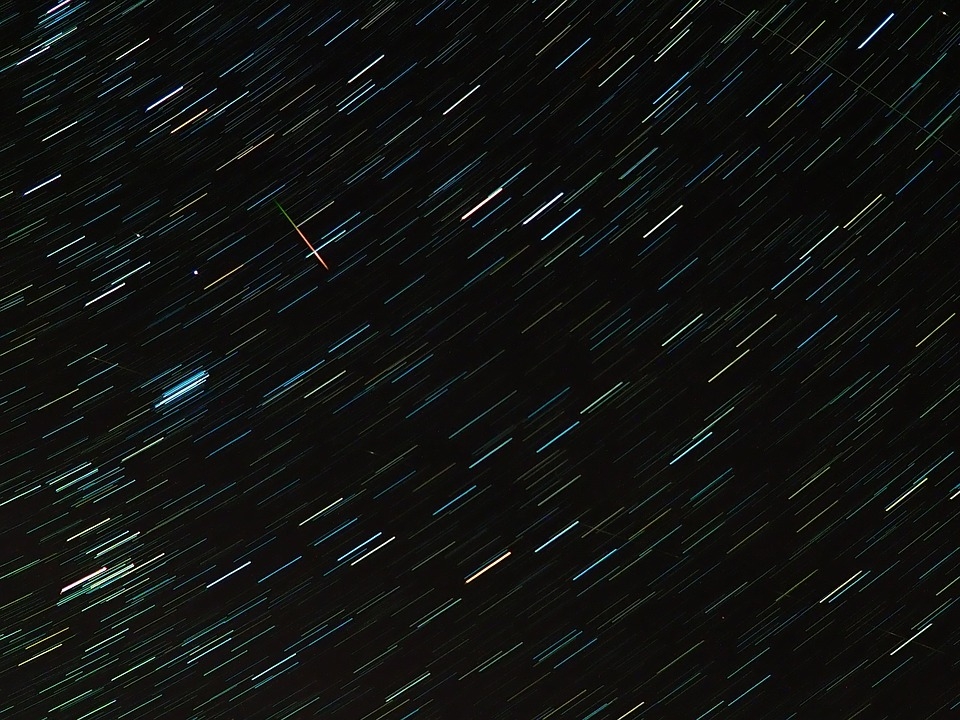Most of the time, space agencies are able to monitor asteroids that could fly by or potentially pass by Earth on a regular basis. However, there are still asteroids that still fly under the radar according to the European Space Agency.
So far, the ESA and NASA have taken into account 95 percent of asteroids classified as Near-Earth Objects and their positions in space. However, there are still around two million of these asteroids flying around and measuring less than 30 meters in diameter that have yet to be identified and accounted for. Fortunately, of the two million small asteroids, experts believe around 18,000 of those are already being monitored by the space agencies.
These kinds of asteroids, because of their size and color, are relatively hard to see, which is why they can potentially slip past the asteroid trackers without being noticed. They could only be seen by astronomers once they make a close approach to Earth, which is around 10 million kilometers or six million miles. In human terms, this would still be extremely far, but it is already close enough to be observed by space agencies and astronomers alike.
In other related news, residents in California were likely able to spot a meteor flying over its night skies. The meteor flew over the state’s night skies over the weekend on September 6, and around 50 people reported their sighting of the meteor to the International Meteor Organization. Some residents claimed that it was one of the best things they have ever seen, and others were amazed at how close the meteor was flying overhead. Video footage of the meteor flying by in the skies was also captured.
Usually, when asteroids and meteors, especially smaller ones, collide with Earth, they burn up upon meeting the atmosphere, which results in a bright flash of light in the skies. The air seeps into the cracks and crevices of the asteroids, causing the explosion.
However, it is because of sightings like these that space agencies need to keep a closer watch on the skies for potential asteroid collisions that could pose a threat to the planet.



 Orbital resonance − the striking gravitational dance done by planets with aligning orbits
Orbital resonance − the striking gravitational dance done by planets with aligning orbits  Tatahouine: 'Star Wars meteorite' sheds light on the early Solar System
Tatahouine: 'Star Wars meteorite' sheds light on the early Solar System  Six space missions to look forward to in 2024
Six space missions to look forward to in 2024  Why is the universe ripping itself apart? A new study of exploding stars shows dark energy may be more complicated than we thought
Why is the universe ripping itself apart? A new study of exploding stars shows dark energy may be more complicated than we thought  Eggs from men, sperm from women: how stem cell science may change how we reproduce
Eggs from men, sperm from women: how stem cell science may change how we reproduce  The rising flood of space junk is a risk to us on Earth – and governments are on the hook
The rising flood of space junk is a risk to us on Earth – and governments are on the hook  Why some people don't trust science – and how to change their minds
Why some people don't trust science – and how to change their minds  The brightest object in the universe is a black hole that eats a star a day
The brightest object in the universe is a black hole that eats a star a day  The brain is the most complicated object in the universe. This is the story of scientists’ quest to decode it – and read people’s minds
The brain is the most complicated object in the universe. This is the story of scientists’ quest to decode it – and read people’s minds  Customizing mRNA is easy, and that's what makes it the next frontier for personalized medicine − a molecular biologist explains
Customizing mRNA is easy, and that's what makes it the next frontier for personalized medicine − a molecular biologist explains  The mystery of consciousness shows there may be a limit to what science alone can achieve
The mystery of consciousness shows there may be a limit to what science alone can achieve  Black hole, neutron star or something new? We discovered an object that defies explanation
Black hole, neutron star or something new? We discovered an object that defies explanation  If life exists on Jupiter’s moon Europa, scientists might soon be able to detect it
If life exists on Jupiter’s moon Europa, scientists might soon be able to detect it  What is minoxidil, the anti-balding hair growth treatment? Here’s what the science says
What is minoxidil, the anti-balding hair growth treatment? Here’s what the science says  Why now is the time to address humanity’s impact on the moon
Why now is the time to address humanity’s impact on the moon 





























